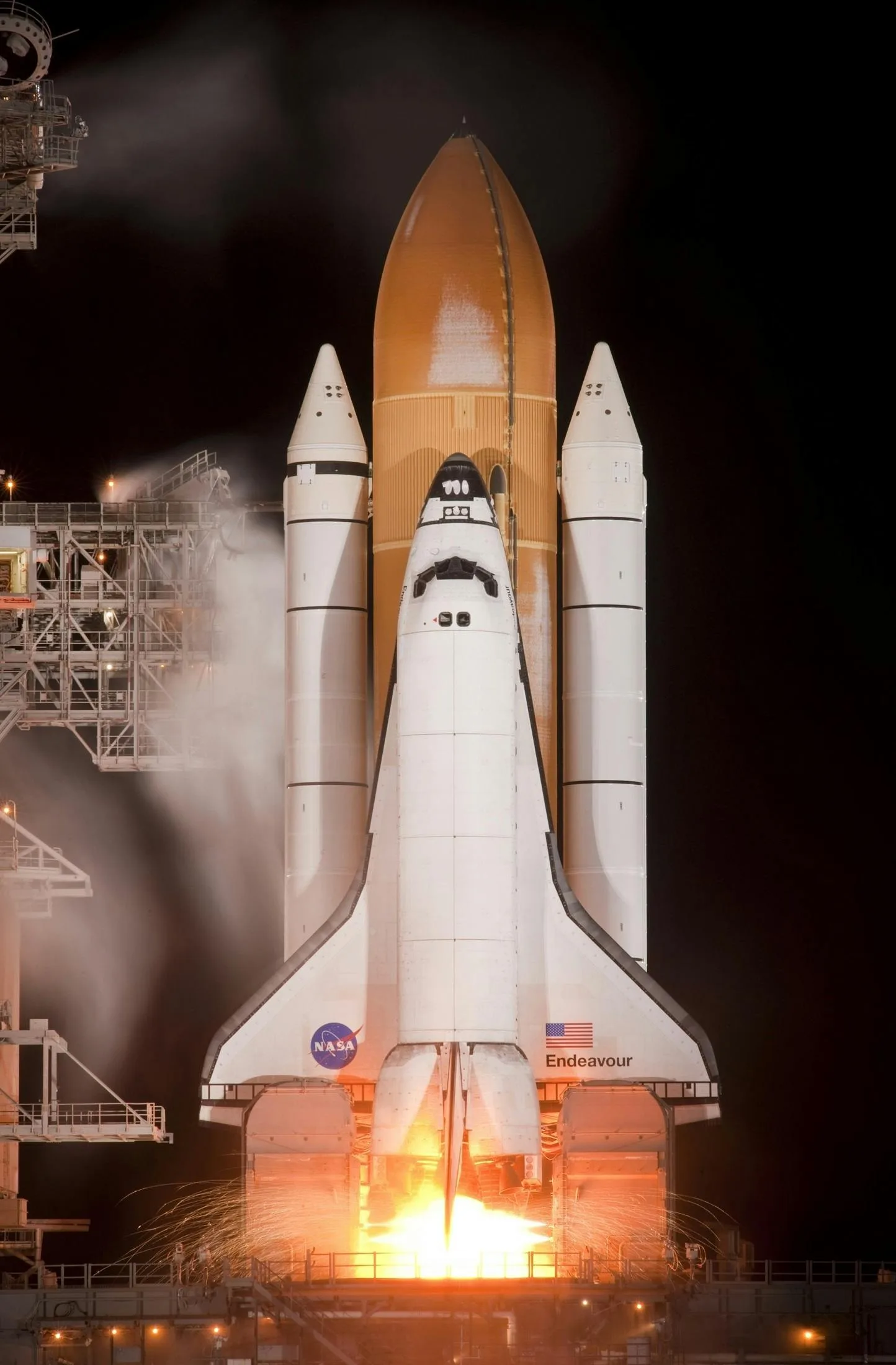In a significant step towards SpaceX’s Starship super heavy lift rocket test flight, the Federal Aviation Administration wraps up its safety review.
SpaceX’s ambitious plans for its second test flight of the Starship super heavy lift rocket are inching closer to reality as the Federal Aviation Administration (FAA) recently announced the conclusion of its rigorous safety review. This development marks a pivotal moment in SpaceX’s journey towards liftoff from South Texas.
The Safety Review Details
The FAA, in its official statement, highlighted the culmination of this safety assessment, indicating that it reached its conclusion on October 31. This safety review primarily focused on issues directly impacting public health and the safety of property. The FAA’s role encompassed a thorough evaluation of various crucial aspects, including:
- Applicant’s Safety Organization: Ensuring that SpaceX has a robust safety structure in place.
- System Safety Processes: Scrutinizing SpaceX’s safety protocols and processes.
- Flight Safety Analysis: Evaluating the comprehensive safety analysis for the flight.
- Quantitative Risk Criteria: Examining criteria related to launch, reentry, and vehicle disposal safety.
With the FAA’s safety review now concluded, the remaining piece of the puzzle, preceding the second integrated flight test, is the environmental review. This review is a collaborative effort between the FAA and the U.S. Fish and Wildlife Service (FWS).
The Environmental Review
On October 5, the FAA submitted its final biological assessment to the FWS. According to statutory provisions, the FWS had up to 30 days to review the document, but they made a prompt announcement, stating the completion of their review on October 19. Subsequently, they reinitiated their formal consultation under the Endangered Species Act with the FAA. This consultation process is allocated 135 days by law, yet, echoing their efficiency in the biological assessment review, the FWS declared on October 26 that they do not expect to utilize the entire allotted time.
The 135-day consultation process can be dissected into two primary components as part of the agency’s “ESA Section 7 Consultation” procedure:
- Formal Consultation (up to 90 days): This period involves the exchange of information between the FAA and FWS about the proposed project and the species or critical habitat likely to be affected.
- Crafting a Biological Opinion (up to 45 days): The biological opinion typically includes conservation recommendations aimed at aiding the recovery of listed species. It may also incorporate reasonable measures to minimize any harm to listed species.
In a recent statement, an FAA spokesperson highlighted the significance of the environmental review, asserting, “The environmental review is the last major element to complete before the FAA makes a license determination.”
The Countdown to SpaceX’s Second Test Flight
SpaceX gears up for the imminent Starship test flight, emphasizing the regulatory challenges they face.
With the FAA’s safety review now in the rearview mirror, SpaceX is making final preparations for its second integrated test flight of Starship. Last week, SpaceX stacked Ship 25 with Booster 9 and executed a wet dress rehearsal before unstacking the vehicle, showcasing their commitment to ensuring every detail is in order.
Final Preparations
“We are prepared to conduct Starship’s second integrated test flight as soon as the end of this month, pending only FAA license approval, which includes the reviews of supporting agencies,” said Gerstenmaier in a written statement to a Senate subcommittee. He emphasized the critical readiness of the vehicle since mid-September. SpaceX’s relentless pursuit of innovation and their iterative approach to testing and flying underscore the importance of this second integrated flight test (IFT-2).
This test is crucial for NASA’s Human Landing System Program (HLS) as it plays an integral role in advancing the development of the version of Starship that will transport astronauts to the lunar surface for the Artemis 3 mission, scheduled for launch in December 2025.
The Regulatory Challenge
Lisa Watson-Morgan, HLS program manager, expressed both enthusiasm and concern regarding SpaceX’s schedule for HLS. She acknowledged the significance of SpaceX’s development approach and its alignment with NASA’s objectives, saying, “I would be remiss if I didn’t say we’re concerned about the SpaceX schedule for HLS, and the concern is that our critical path, even today, goes through these test flights.”
She added, “And the reason it goes through the test flights is because of SpaceX’s development approach, which I fully support and I really cherish.” Watson-Morgan highlighted the importance of the ship-to-ship propellant transfer mission, which is expected to take place sometime in 2024.
“That is our key. When that day happens, I’m gonna be like, whew!” Watson-Morgan exclaimed, expressing her confidence in achieving the program’s objectives.
